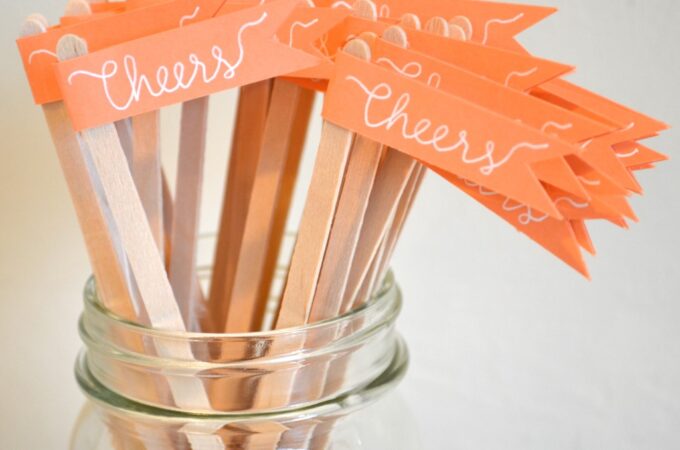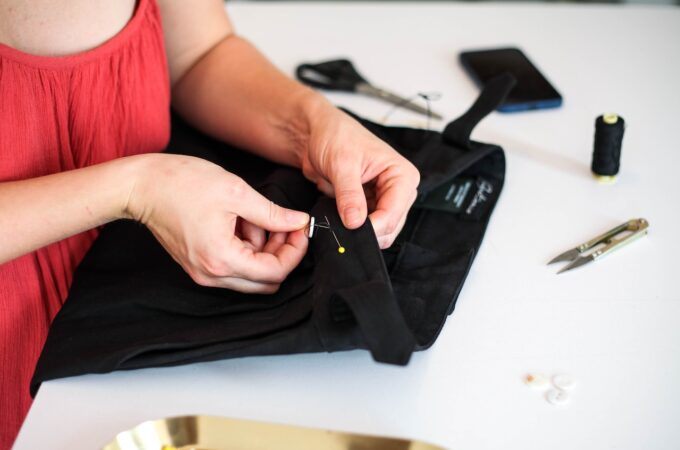
How to Make Your Own Photography Logo
Ever since there have been advancements in the field of camera technologies, the photography business has flourished to the point that it has immense value and importance in the domain of advertisement and digital marketing. There are businesses and organisations that specifically hire photographers that align with the type of photography that the company wants. A photographer’s journey usually starts as a newbie who starts discovering the vast beauty of the world with an entry-level camera in his hands. This grows, and eventually, he/she becomes a freelance photographer, which, with the passage of time and experience, evolves into a photography business. At this point, there is an imminent need for the individual’s photography business to create an identity and exclusively connect the brand’s image with potential customers. This is where the need for a photography logo comes into play.
UNDERSTANDING YOUR PHOTOGRAPHY BUSINESS
You can create a new logo for your photography business by using any of the readily available websites that provide you with professional-looking logos. It is suggested that you first understand some aspects of the services you provide through your business and that the logo should communicate those services to the customers clearly. Here, take note of the strengths and unique selling points that only your photography business can provide. For instance, this can be the high-quality cameras your company utilises or the unique shots through which you have gained immense value. Keep in mind that this logo is to showcase your strengths and uniqueness. The logo should also be concerned with the target audience that you plan to acquire for future prospects. To be completely clear, you need to do a SWOT(Strength, Weakness, Opportunity, Threats) analysis of your business.
If you want to create an impact from your logo.
Now that you know the basics to understanding your photography business for your logo, let’s dive into the visual aspects that are essential for a photography logo:
COLOR SCIENCE:
Believe it or not, the colour in your logo can have a significant psychological effect on the viewer’s mind. Every different colour conveys a different emotion in the brain’s cognitive system. The three primary colours, red, blue and yellow, convey different emotions. The red colour is used for strong emotions and to create a passionate, desireful, bold feeling. The colour blue is used to establish trust and convey sureness and certainty. The colour yellow is used to portray hopefulness and positivity, as well as for clarity. Apart from these 3 primary colours, there are also other colours used in quite a handful of renowned companies’ logos:
The colour green is used by organisations concerned with environmental pollution as this colour gives emotions of cleanliness, health and growth. Black colour conveys feelings of elegance, mysteriousness, and wealth. Brands use white colour for a minimalistic approach and visualise balance in their products. Now that you know all about the basic colours and their portrayals, it is easier to decide on what colour or combination of colours you want to use for your logo.
CHOOSING THE CORRECT FONTS:
There are two ways to go here: you can use either serif or san-serif fonts. Both convey something that the other one doesn’t. If you want to convey a feeling of experience or portray reliability and authenticity, you should choose serif fonts. Serif fonts are generally used by brands that have been well-established in their own field: Canon, Sony, and Honda, to name a few. Basically, serif fonts convey sentiments of experience and history. San-Serif fonts convey modernity and are used mostly in modern-day apps, signs, and billboards. If the space in your logo is limited, then a San serif font should be your choice. This type of font is used to represent minimalism, affectionate emotions and a sense of modern
approach. Companies like Nike and Adidas use San Serif fonts as they have to move ahead with the needs of time and be state-of-the-art in their strategies and campaigns. Arial, Calibri, and Roboto are some basic san-serif fonts. Whether you use serif or san-serif fonts, the objective must be visibility, and the logo should be easy to read.

ADAPTABILITY:
Versatility means that your logo should be professional and high quality, whether displayed on your business card or the front banner of your office, it must be crystal clear and understandable to the viewer. For this objective, the prerequisite is a professional graphic designer who understands all the metrics and creates a sharp and visually appealing logo that is adaptable in all sizes.
DESIGN LAYOUT:
Design layout essentially means that the logo must be balanced in all aspects. Avoid putting all the components in the centre and balance the layout by keeping some elements in every grid. The task here is to move the viewer’s eye and not keep everything in the middle. This is done to engage the viewer and make them spend time looking at the logo. In simpler words, utilise the negative space efficiently.
ADDITION OF SYMBOLS:
Just like colour science, there is a science behind symbols as well. The geometrical shapes we have all been told about are circles, squares, rectangles, and more. These shapes can have an impact on the viewer psychologically. The circle is essentially a loop. Therefore, it can be used to represent eternity and, in this context, a service that keeps providing forever. A triangle is a directional figure that takes you from one point to another. It can be used to represent progression, growth and steadiness. A Square depicts equality as it has 4 sides that are uniform. It can be used to establish trust and comprehensiveness with your customers.
FINAL THOUGHTS
Ultimately, you must remember that a logo is a gateway through which your customers connect with your service. It should illustrate emotion and be pleasing to the eye simultaneously.




